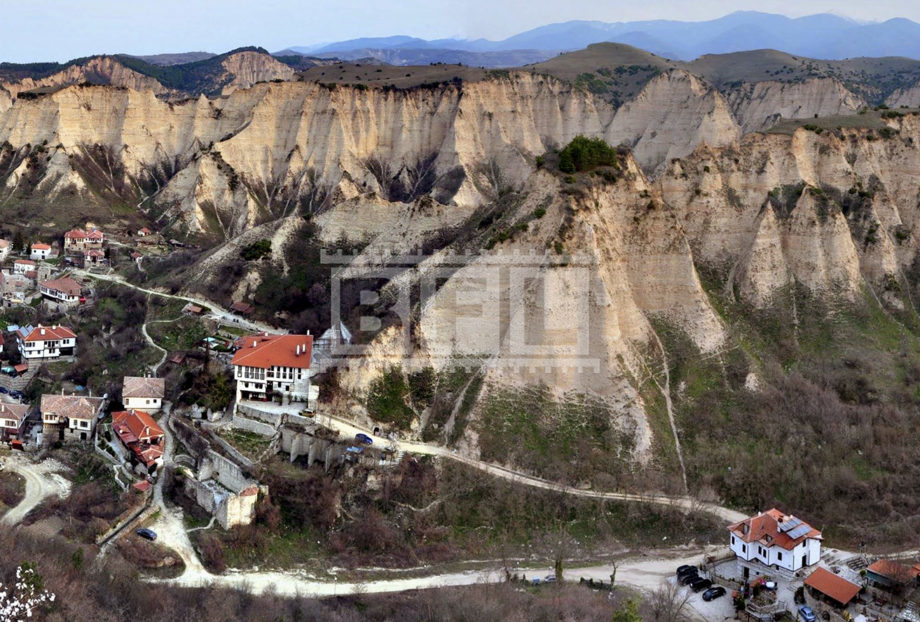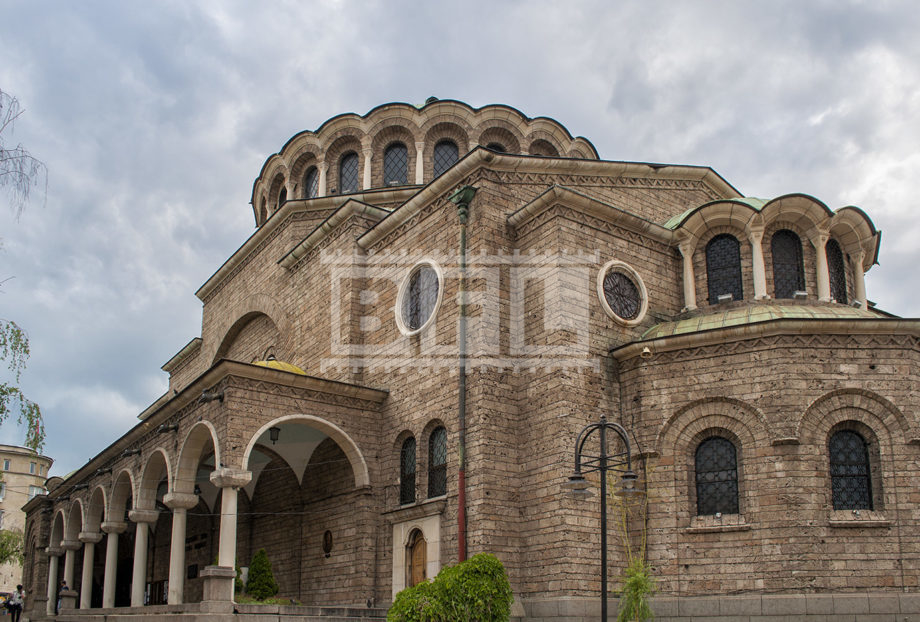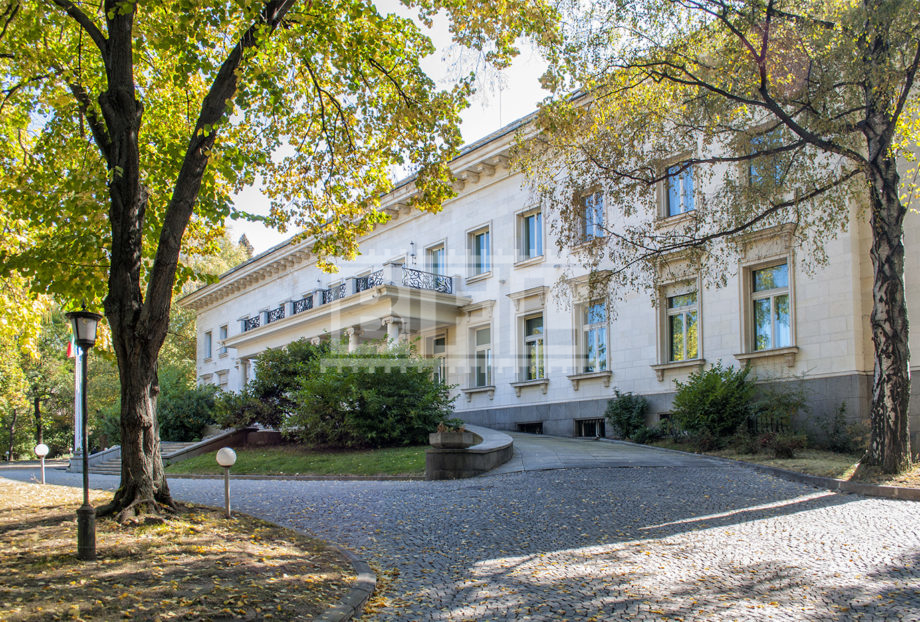Sand Pyramids / Old Town
Location ID: 2908The smallest town in Bulgaria (208 residents), Melnik, is nested in the south slopes of Pirin, among sand pyramids with peculiar forms. It is situated in about a two hour drive away from Sofia, due south, and it’s only 30 km from the border with Greece. The finds from the antiquity discovered upon the archaeological diggings testify for its centuries-old history.
The first written evidences for the Melnik Fortress refer to the beginning of the 11th century. The first settlers on the territory of contemporary Melnik were the Thracians, and more particularly the Thracian tribe Maedi, of which the legendary rebel Spartacus originated. A few centuries later the Romans lived on this ground. This proves the ancient Roman bridge, which is still preserved in the town of Melnik. The Slavs, who were consequently residing on this territory, had called their settlement Melnik, because of the surrounding sand pyramids. The name comes from the Slavonic word “mel”, which means white clay, crayon.
The most vivid architectural monuments which testify for the economic upsurge of the town at that time are also from the age of Revival. One of the oldest houses on the Balkan Peninsula is the Boyar’s House, which was a residence of Despot Alexius Slav.
The Kordopulova House is the largest building from the Bulgarian National Revival in our country. It was built in 1754 and it was owned by the rich Melnik family Kordopulovi, which were renowned wine producers. The cellars, excavated under and behind the house, with their constant temperature and ventilation, were used for preparing and seasoning of the renowned Melnik wine. These cellars are also a great period film location that can serve a variety of scenes that need to play for caves, underground tunnels, mine shafts and even dungeons.
The Melnik pyramids are another unique feature of this beautiful location. They are situated above, around and near the town, and they are declared a natural landmark. They are a unique natural formation which attracts tourists from the whole world. It is considered that the present look of the pyramids has been caused by erosion of the clay soil. The Melnik pyramids are in a process of shaping and their appearance and shape are changing with time. Besides the pyramid form, the sand formations have the shape of mushrooms, cones, needles, etc. The height of the pyramids reaches 100 m. It is typical of the Melnik pyramids that the inclinations are sandy, in some places they are completely vertical, and broad-leaved plants and grass grow on their tops
















)
)
)
)